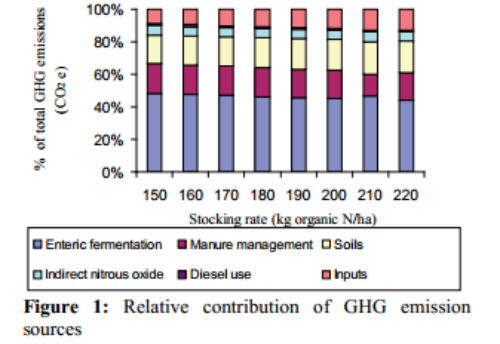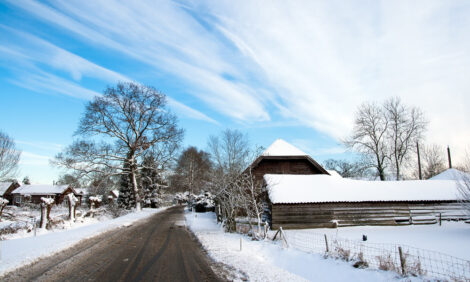



Effect of Stocking Rate on Performance and Greenhouse Gas Emissions
With EU targets of a 20 per cent reduction in greenhouse gas (GHG) emissions by 2020, agriculture will be required to share the burden of emissions reductions. However, in the context of the targets set out in Food Harvest 2020 for an increase in beef output of 20 per cent, the goal must be to reduce emissions per unit of product produced i.e. to reduce emissions intensity, writes A.M. Clarke and P. Crosson Animal & Grassland Research and Innovation Centre, Teagasc.The objective of this study was to evaluate the impact of increasing stocking rate on the economic and technical performance and GHG intensity of suckler beef production systems.
Materials and methods
For the evaluation of whole-farm system economics and
to generate system production profiles, a bioeconomic
model of suckler beef production systems, the Grange
Beef Systems Model GBSM (Crosson, 2008) was used.
The systems of production modelled were based on
spring calving suckler calf to beef research farm
systems evaluated at Teagasc, Grange. Heifers were
finished at 20 months of age whilst males were finished
as bulls at 16 months of age. Stocking rate was
increased by increasing nitrogen (N) application rates.
Eight scenarios representing production systems stocked
at between 150 and 220 kg N/ha were evaluated. To
model the impact of each scenario on GHG emissions, a
suckler beef GHG systems model (BEEFGEM; Foley et
al., 2011) was used. This is a single-year, static model
which integrates the beef enterprise production profile
from GBSM with various GHG emission factors. Direct
GHG emissions associated with on-farm activities and
indirect GHG emissions associated with purchased
inputs and nitrous oxide (N2O) emissions arising from
nitrate leaching and ammonia (NH3) volatilization are
simulated. All the estimated GHG emissions are
converted to their 100-year global warming potential
carbon dioxide equivalent (CO2 e) which on a weight
basis, relative to CO2 was set to a factor of 25 for
methane (CH4) and 298 for N2O.
Results and discussion
Carcass output and profitability increased with increasing stocking rate (Table 1). With each incremental increase in stocking rate, there was a linear increase in the application rate of inorganic N fertilizer. The relative contributions of direct emissions (enteric fermentation, manure management and diesel use), excluding soils emissions, decreased with increasing stocking rate, while emissions from soil and indirect emissions (inputs and indirect N2O) increased (Figure 1). Overall increasing stocking rate resulted in improved technical and economic performance, however GHG emissions also increased.


Conclusion
Increasing stocking rate resulted in increased net margin and GHG emissions per kg of beef produced. This highlights the importance of modelling both environmental and economic aspects of sustainability in beef production systems.


